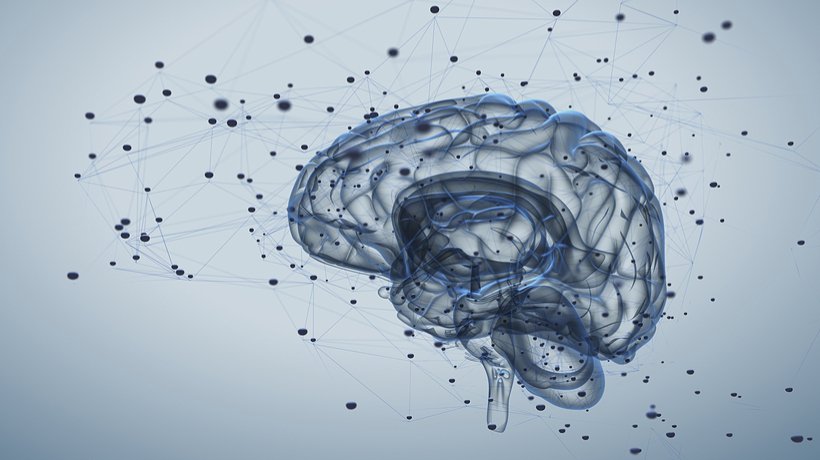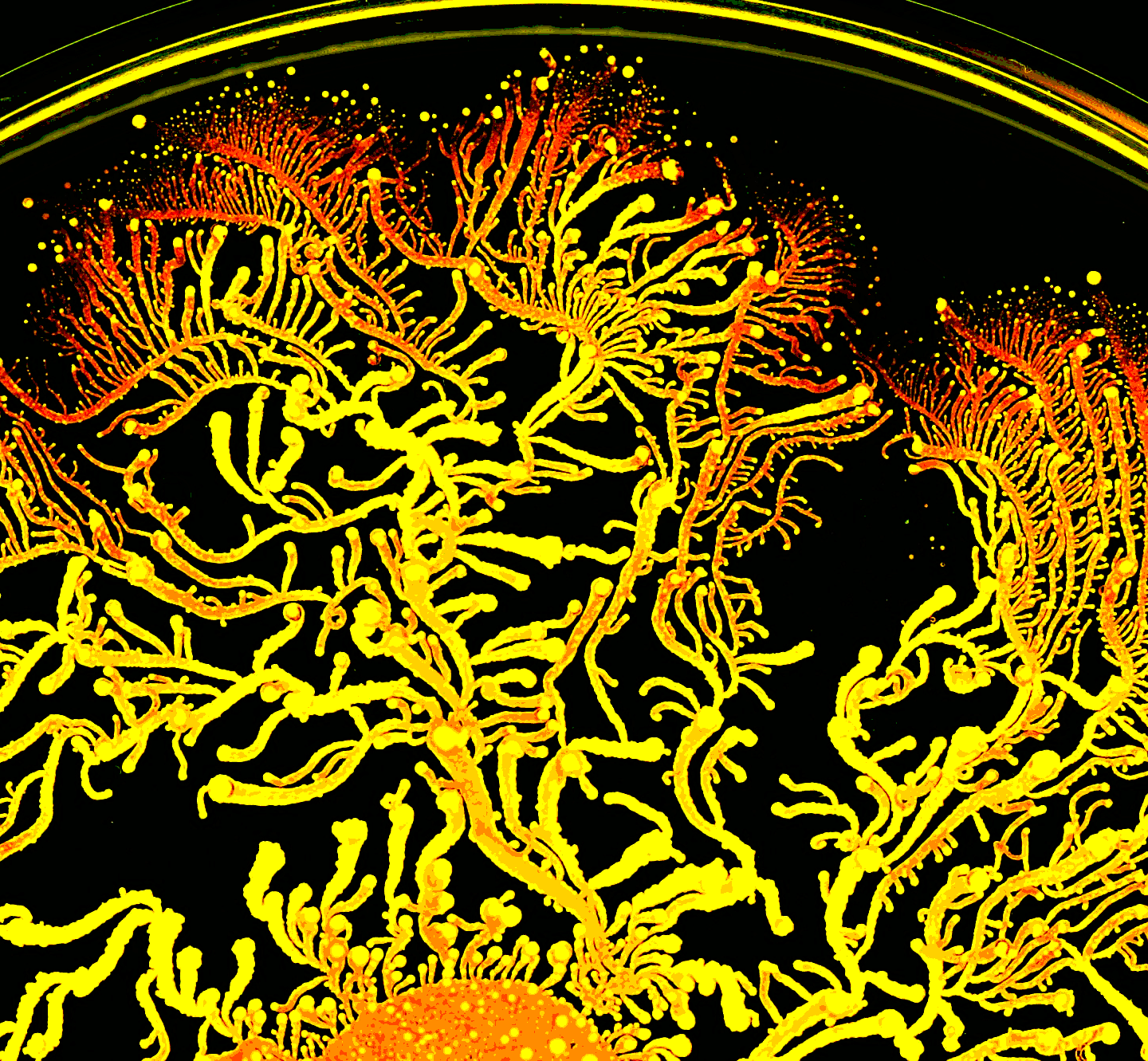Evolving Enactivism: The Natural Origins of Content
In our previous posts, we have so far focused on: (1) clarifying our understanding of Ur-intentionality – REC’s positive proposal for understanding the thesis that basic cognition lacks content; (2) reviewing the problems faced by classic teleosemantic theories that motivate adopting REC’s proposal; and (3) detailing some of the theoretical …




